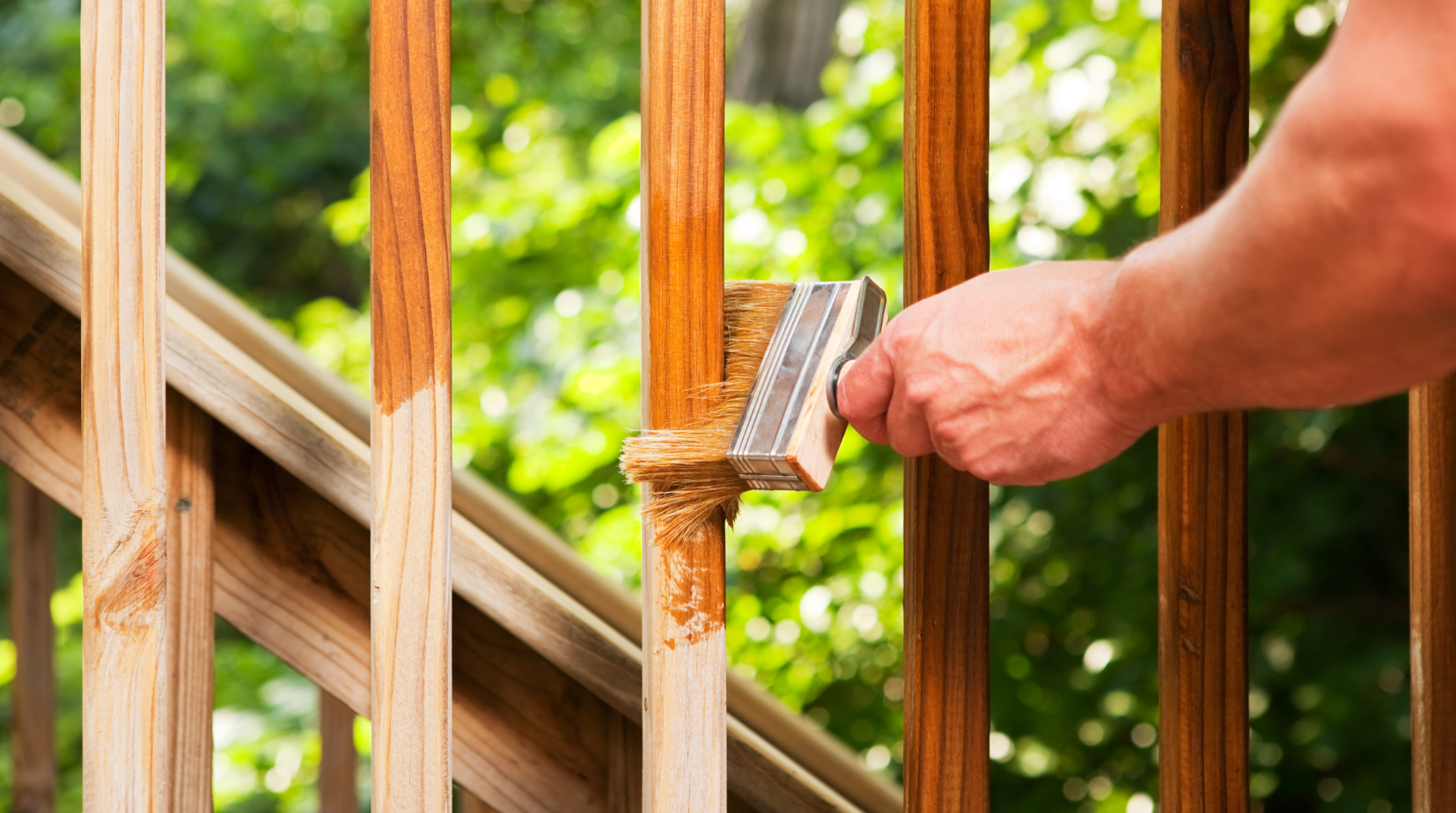Every year, countless slips and falls happen on outdoor steps that could have been prevented with one simple upgrade. Exterior stair nosing is a durable edge trim that shields each step from wear, improves traction, and creates a clean, finished look. Pairing it with carpet stair treads adds even more safety and style to your entryway.
In this guide, you’ll learn which materials stand up best to weather and heavy foot traffic. You’ll also discover step-by-step instructions to install exterior stair nosing yourself with confidence. Keep reading to protect your stairs, prevent accidents, and create an outdoor space you’ll feel proud of.
What Is the Best Material for Exterior Stair Nosing?
Choosing the right material matters because it affects safety, durability, and style. Here are popular options to consider:
-
Aluminum: Strong and weather-resistant, aluminum stays put through rain and sun. It’s a smart choice if you want something long-lasting and slip-resistant.
-
Rubber: Flexible and non-slip even when wet, rubber works well in high-traffic areas and gives a softer feel underfoot.
-
Wood: Classic and warm, but requires sealing and upkeep to prevent rot or warping over time.
-
Vinyl: Budget-friendly and simple to install, vinyl offers decent durability with a clean, finished look.
Before you decide, think about your climate, how often the stairs are used, and the look you want for your outdoor space.
How to Install Laminate Stair Nosing
If you enjoy a DIY project, you can install laminate stair nosing yourself. Here’s a step-by-step guide:
-
Measure and Cut: Measure each stair edge carefully and cut the nosing pieces to fit using a fine-tooth saw.
-
Prepare the Surface: Clean the stair edges and make sure they’re dry, smooth, and free of dust.
-
Apply Adhesive: Use strong construction adhesive along the back of the nosing.
-
Position the Nosing: Press the nosing firmly onto the stair edge. A few clamps can help keep it steady while it bonds.
-
Secure with Screws: Pre-drill small holes to prevent splitting, then drive screws flush with the surface for a secure hold.
-
Finish Edges: Use filler to close any gaps, and smooth it out for a finished look.
Tip: If you’d like a simpler solution, pre-cut rubber stair nosing strips are easier to handle and just as effective.
Rubber Stair Nosing for Carpet
If you’re installing rubber stair nosing over carpet, you’ll want to use screws instead of glue. Screws keep the nosing secure so it won’t shift or lift over time. Once installed, rubber nosing adds extra grip and peace of mind, especially if you have kids or pets running around.
What to Use on Outdoor Steps to Prevent Slipping in Winter
Winter weather can make stairs slick and risky. Here are a few ways to keep everyone safe:
-
Anti-Slip Treads: Stick-on treads or carpet stair treads create extra grip and help prevent accidents.
-
Salt or Sand: Sprinkle salt or sand to melt ice and improve traction.
-
Heated Mats: Plug-in mats keep steps free of snow and ice automatically.
-
Rubber Stair Nosing: Rubber stays grippy even in cold, wet conditions.
Adding any of these solutions, along with sturdy stair nosing, helps keep your outdoor spaces safer all year long.
Maintenance Tips for Exterior Stair Nosing
Keeping your stair nosing in top shape is easy and doesn’t take much time:
-
Clean the edges regularly to remove dirt and debris.
-
Inspect for cracks or loose sections every season.
-
Replace any worn or damaged pieces right away.
A little maintenance goes a long way toward keeping your stairs safe and beautiful.
Steps To Success
Exterior stair nosing is a small detail that makes a big impact on safety, style, and the lifespan of your outdoor stairs. Whether you pick aluminum, rubber, wood, or vinyl, you’ll enjoy a durable finish you can count on. Ready to make your steps safer and more beautiful?
Step Into Safety and Style
Ready to protect your outdoor stairs with high-quality exterior stair nosing that’s made to last? Oak Valley Designs offers custom options, DIY-friendly kits, and caring support to help you upgrade your steps with confidence. Let’s make your home safer and more beautiful—one step at a time.
-
Website: https://oakvalleydesigns.com/
-
Phone: (706) 331-0315
-
Email: info@oakvalleydesigns.com
-
Address: 30 River Ct SW Bldg E Cartersville, Ga 30120



